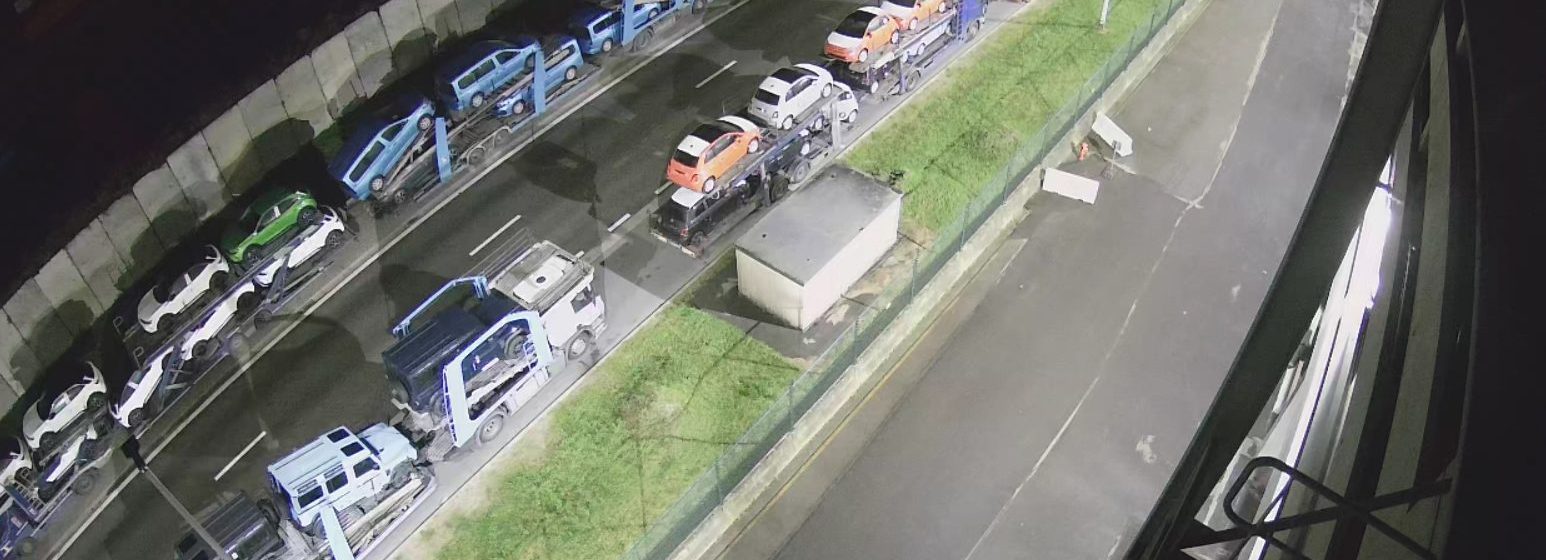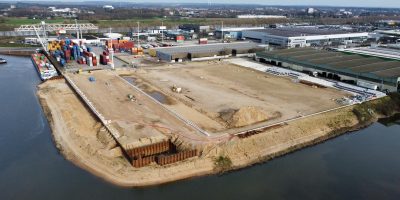
Flows learned from an anonymous source that hauliers have to wait for up to eight hours to access the multipurpose terminal Antwerp Euroterminal (AET) in Verrebroek. Yves De Larivière, managing director of AET, outlined the seriousness of the situation.
“Both our passenger vehicle department and ICO’s terminal are full,” says De Larivière. “The pressure on the terminal was temporarily relieved by the summer leave, but since a month and a half, car production has been fully back on track.”
AET has been fully committed to creating additional space for some time now. But, as a result, it is also temporarily losing space. “We are losing some capacity due to the construction activities of our two new car parks. The same goes for the assembly of our new container crane and the associated yard area for the crane runway. In total, the various yard areas at our terminal take up 4.5 hectares.”
If trucks can’t get in to deliver, they can’t pick up goods either
AET is located at Quay 1333 on the Blikken where there is a lot of transit traffic. Even the extra day of leave that took place at the port of Antwerp on Monday 13 November (because of Armistice Day, ed.) has only exacerbated congestion. The long waiting times apply to both imports and exports. “We are stuck in a vicious circle. If trucks cannot get in to deliver, they cannot collect goods either,” he says.
The terminal operator is therefore taking urgent measures. “Together with Maatschappij Linkerscheldeoever (MLSO) and Infrabel, we have commissioned a temporary buffer car park, which is right opposite our terminal. This will be opened to truck drivers in exceptional circumstances.”
Overnight on feeder lane
“In addition, we are in constant consultation with the authorities about the feeder lane, which is part of the public road,” he continues. “It still happens too often that truckers spend the night on the feeder lane, giving the impression of congestion and saturation.”
De Larivière illustrates that problem with a camera image (see photo). “The driver of the black truck at the very front came to sleep on the access lane around midnight. We eventually managed to get him to move only during the next day,” he says. “The result was a long queue of trucks waiting on the street.”




